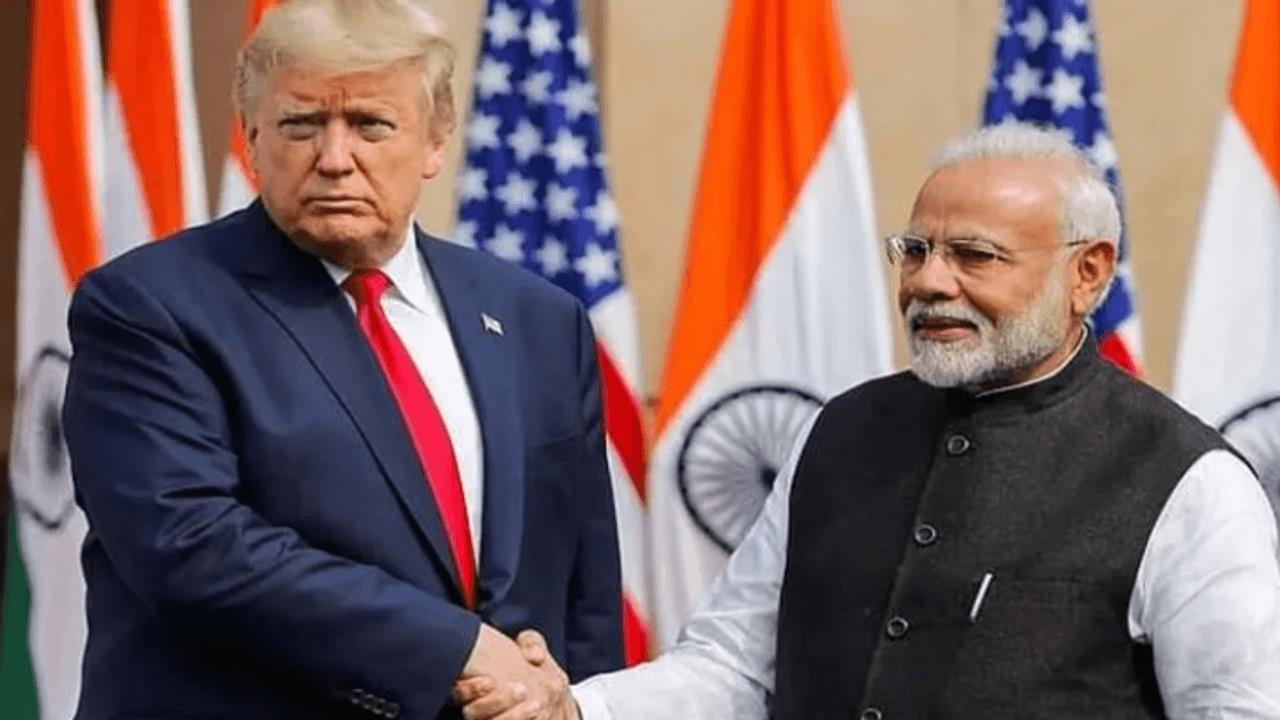In Trade Talks With US, India's Red Line Is Green Opinion
With an August 1 deadline looming and the threat of steep reciprocal tariffs in play, India–US trade negotiations are at a critical point. Hopes of sealing an interim deal have dimmed, as agriculture remains the core sticking point. The US has been actively pressuring India to finalize a deal, citing recent agreements with Japan and others as precedent. However, India has made clear it will not be rushed into a compromise that undermines its core interests.
While pressure on New Delhi is mounting, India's approach is deliberate, grounded in long-term national interest rather than short-term optics.
Why Agriculture Remains a Flashpoint
Agriculture in India supports nearly half the population and contributes about 16% to GDP. It is closely tied to social and cultural norms. In contrast, US agriculture is large-scale and heavily subsidized, dominated by genetically modified crops and industrial practices that clash with Indian standards.
The US is seeking market access for dairy, wheat, soybeans, poultry, ethanol, and more. India has offered limited concessions but refuses to open its most sensitive sectors. The risks are significant. Opening the dairy market alone could lead to losses exceeding Rs 1.03 lakh crore annually and threaten India's cooperative-based ecosystem.
Indian farmers rely on schemes like Minimum Support Prices (MSP) and subsidized inputs. Cheaper imports could displace smallholders and trigger political and economic fallout.
What India Is Demanding in Return
India is negotiating with clear asks. These include:
Restoration of GSP benefits for key exports like auto parts, leather, and gems
Tariff relief on Indian steel and aluminum
Access for Indian pharmaceuticals, generic drugs, and solar modules
Relaxation of H-1B visa norms for Indian IT workers
Market entry for Indian produce like mangoes and table grapes
India insists that any concessions it makes must be matched with meaningful US steps that enhance trade equity.
Stalled Talks Reflect Strategic Maturity
After five rounds of talks, an Indian delegation returned from Washington without a breakthrough. Talks are expected to resume in New Delhi, but an interim deal before August 1 now appears unlikely. India has proposed a phased deal, starting with less sensitive sectors like industrial goods and energy, while deferring agriculture and mobility issues.
Importantly, India has not received a formal tariff notice from President Trump, giving it time to negotiate without immediate penalty. US officials have also signaled that they value substance over speed, allowing space for a more balanced deal.
India's approach mirrors its recent UK trade pact, where agriculture was safeguarded while other sectors opened up. It shows that India is not anti-trade, but keen to strike smart, future-ready agreements.
A Deal Worth Waiting For
Bilateral trade between the two countries has crossed $190 billion, with ambitions to reach $500 billion by 2030. But India is clear that this cannot come at the cost of food security or rural livelihoods.
India seeks a deal that is fair, reciprocal, and future-proof. This includes safeguards like phased liberalization, quotas, carve-outs, and regulatory protection for critical sectors. Rushing to sign an imbalanced agreement could set a damaging precedent.
India is also mindful of lessons from countries like Indonesia, which accepted trade deals under pressure and faced negative consequences. New Delhi is being rightly cautious.
A Confident, Calibrated Stand
The absence of a deal by August 1 should not be seen as failure but as evidence of India's evolving trade confidence. Quick fixes rarely yield lasting outcomes. If a broader agreement is signed in the coming months, it will likely be more sustainable and mutually beneficial.
Agriculture remains India's red line, and justifiably so. In global trade, success depends not on speed, but on wisdom and balance.
(Dr. Krishna Kishore, based in the United States for the past 30+ years, has supported Asianet News for over 18 years leading all aspects of coverage from the United States. He has covered 5 US Presidential Elections, multiple visits of Indian PM to the US, among other seminal events. He has provided over 3500 news stories to Asianet News viewers around the world)
Disclaimer: The opinions expressed are solely those of the author and do not reflect the views or stance of the organization. The organization assumes no responsibility for the content shared.
Legal Disclaimer:
MENAFN provides the
information “as is” without warranty of any kind. We do not accept
any responsibility or liability for the accuracy, content, images,
videos, licenses, completeness, legality, or reliability of the information
contained in this article. If you have any complaints or copyright
issues related to this article, kindly contact the provider above.
Most popular stories
Market Research

- BILLY 'The Mascot Of BASE' Is Now Trading Live On BASE Chain
- Chicago Clearing Corporation And Taxtec Announce Strategic Partnership
- Pioneering AI Visionary Vincent Boucher & AGI Alpha Announce A Meta‐Agentic AGI Jobs Marketplace Platform
- Excellion Finance Scales Market-Neutral Defi Strategies With Fordefi's MPC Wallet
- GCL Subsidiary, 2Game Digital, Partners With Kucoin Pay To Accept Secure Crypto Payments In Real Time
- Kintsu Launches Shype On Hyperliquid






















Comments
No comment